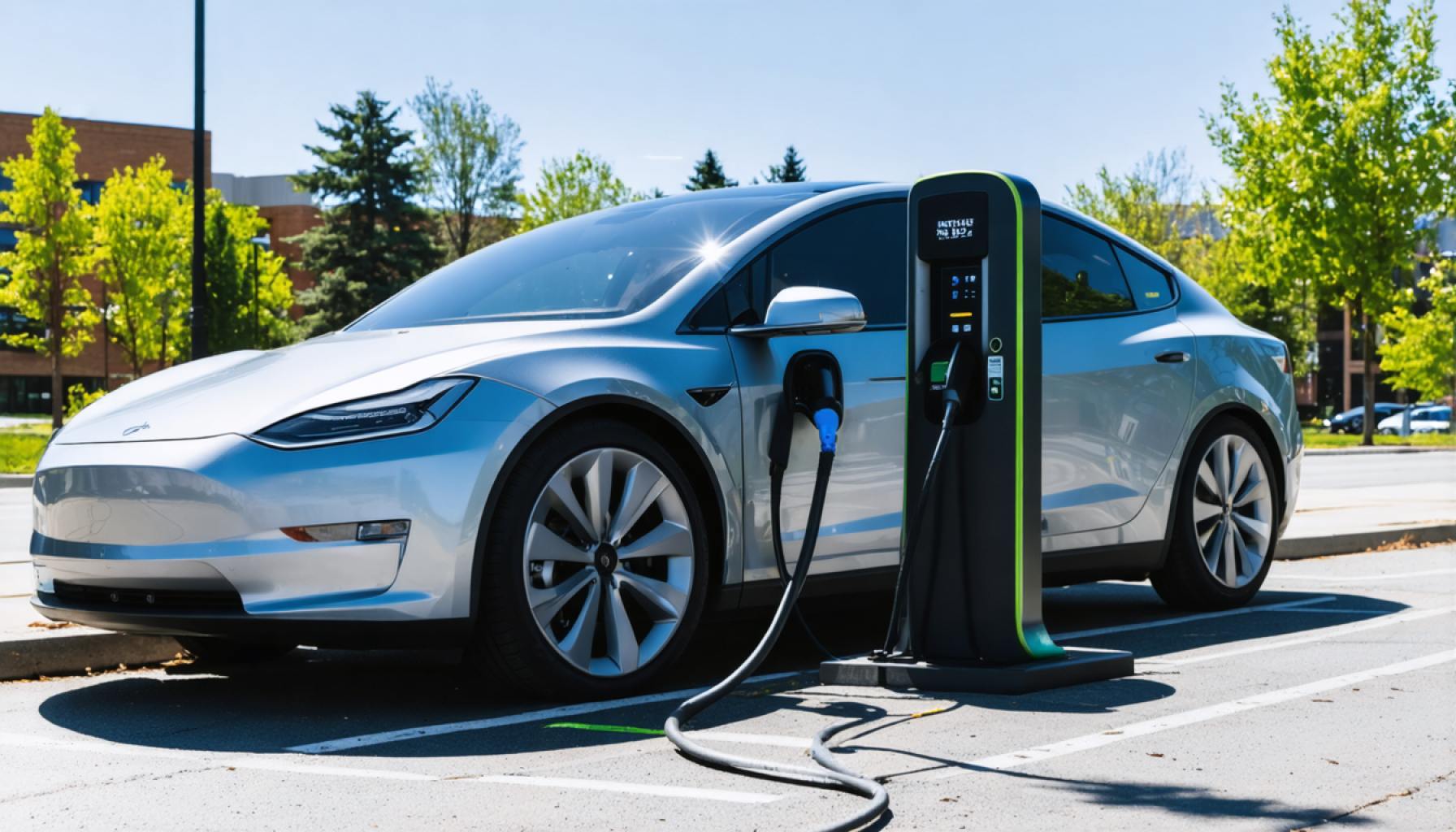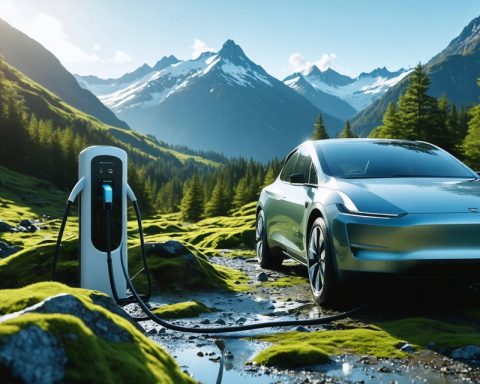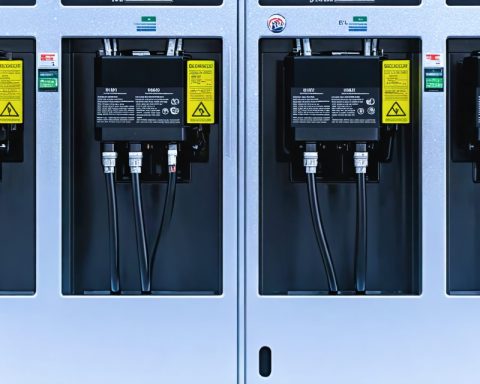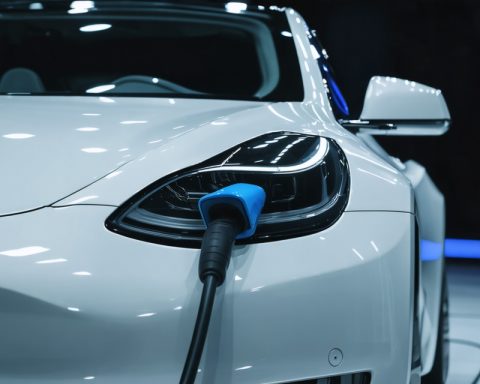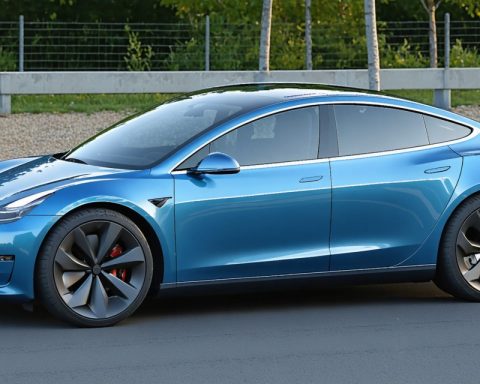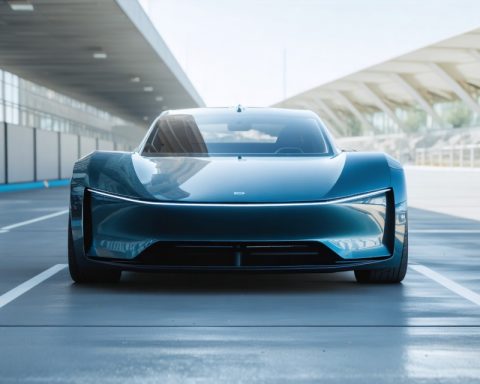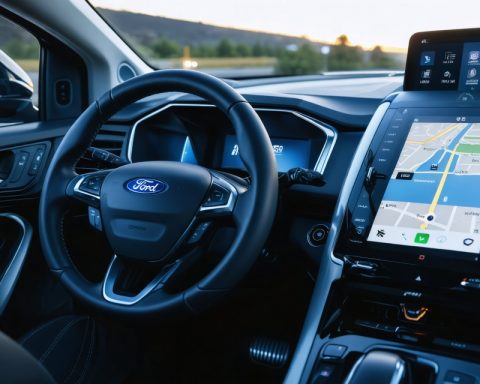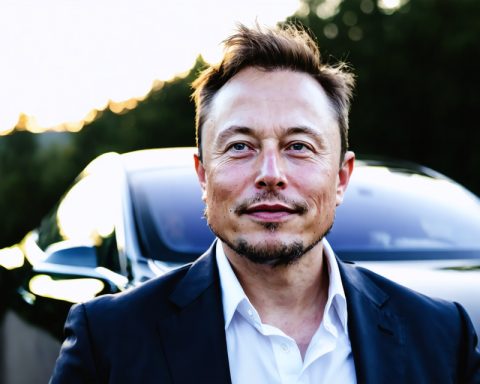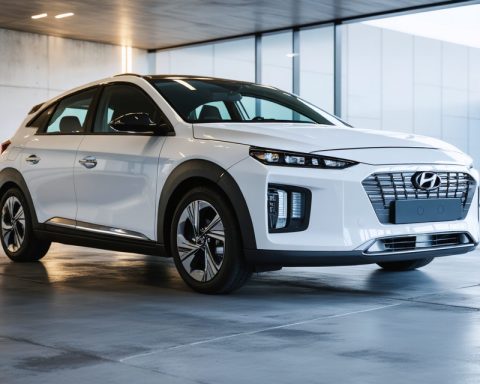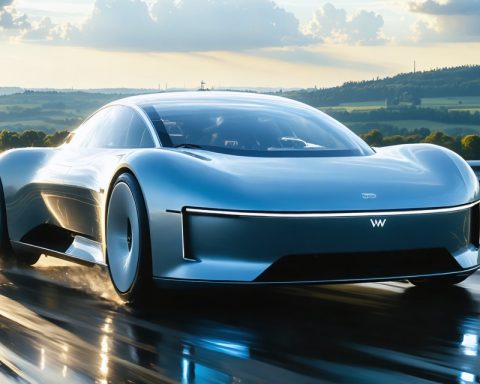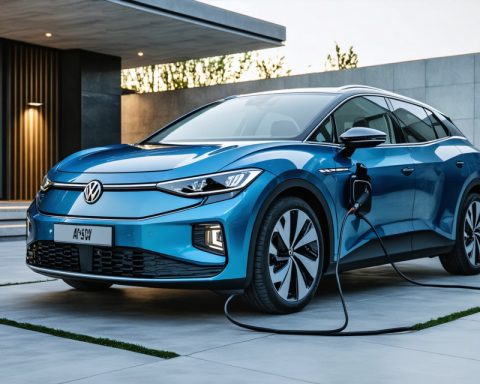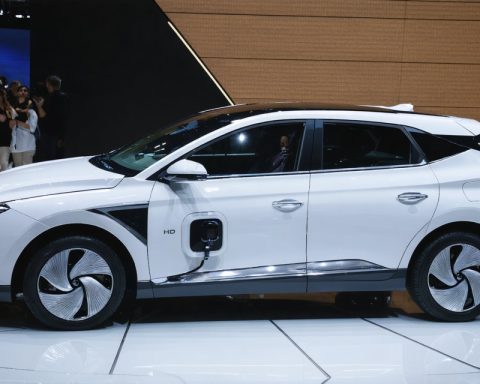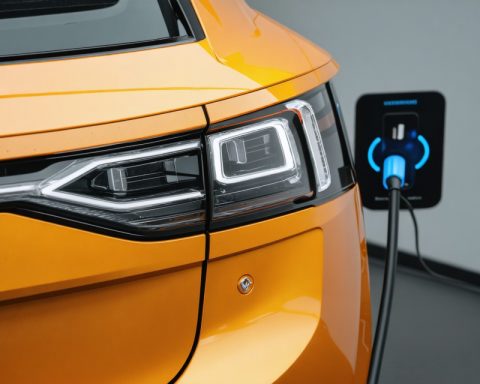- Minnesota faces a funding challenge for road maintenance due to declining gas tax revenues amid the rise of electric vehicles (EVs).
- Proposed solutions include a five-cent per kilowatt-hour charge at public charging stations and increasing the EV surcharge from $75 to potentially $200.
- Another suggestion is a mileage-based charge for drivers within the state to offset the decrease in gas tax income.
- The state’s goal is for 20% of cars to be electric by 2030, highlighting the need for new financial strategies as EV adoption rises.
- Concerns arise that higher fees could deter EV adoption, but stable funding is deemed necessary by groups like the Coalition of Greater Minnesota Cities.
- Minnesota’s situation reflects broader challenges in balancing sustainability goals with fiscal responsibility and infrastructure funding.
Minnesota stands at a crossroads, where the shimmering promise of electric vehicles (EVs) meets the crumbling reality of its infrastructure. As the sun rises over the state’s highways, a heated debate unfolds among lawmakers aiming to secure funds for road maintenance amid declining gas tax revenues.
In a bid to ensure that the asphalt arteries of Minnesota remain robust, different plans are being scrutinized. One suggestion proposes a five-cent charge per kilowatt-hour at public charging stations, while another aims to raise the existing EV surcharge from $75 to a potential $200. Moreover, an innovative approach seeks to charge drivers according to the miles they traverse within the state’s borders. These measures seek to bridge a growing financial chasm, spurred by enhanced vehicle fuel efficiency that chips away at gas tax income, dropping by 1-2% annually according to the Minnesota Department of Transportation.
The state’s ambition shines through in its goal: having 20% of all cars as electric by 2030. As this vision edges closer to reality with only 1% of cars currently electrified but a notable 7% of new sales in 2023 being electric, the economic dilemma becomes starkly apparent. With this clean shift comes a responsibility—a question of fairness amid a tug-of-war between innovation and tradition. EV proponents argue that these vehicles already bear higher purchase costs, inadvertently boosting the Highway User Tax Distribution Fund through increased sales taxes.
While some express caution, warning that elevated fees may deter the adoption MN strives to accelerate, others emphasize the necessity of these funds. The Coalition of Greater Minnesota Cities and the Minnesota Chamber of Commerce advocate for increased fees, underscoring the importance of stable future funding. This brewing conflict exhibits a broader challenge: balancing environmental goals with fiscal responsibility, as the state confronts a looming $6 billion budget deficit forecast.
As these discussions unfold under the dome of the state capitol, the echoes of past fiscal strategies reverberate. Just two years ago, a $0.50 retail delivery fee on packages over $100 was controversially introduced and now faces repeal. Such initiatives highlight the complexities intertwined with funding infrastructure in a rapidly changing automotive landscape.
The takeaway here is profound. Minnesota’s challenge encapsulates a global narrative: the transition towards sustainable transport must cleverly navigate financial, environmental, and social dynamics. As it forges paths for its future, Minnesota could very well set a precedent, illustrating how communities can adapt to the evolving demands of modern transportation and infrastructure needs.
The Future of Electric Vehicles in Minnesota: Navigating Road Funding Challenges
Understanding Minnesota’s Infrastructure and EV Transition
Minnesota stands at an exciting crossroads in the journey towards a more sustainable transportation future. The state is grappling with an evolving automotive landscape, where the rise of electric vehicles (EVs) challenges traditional infrastructure funding methods. As gas tax revenues decline due to more fuel-efficient vehicles, the state finds itself in need of innovative solutions to maintain and enhance its roadways. Here we delve deeper into Minnesota’s strategies and the broader implications of its approach.
Tackling the Road Maintenance Funding Issues
Minnesota aims to ensure robust infrastructure as it pivots towards electric mobility. Here are some proposed plans to address the funding shortfall:
1. Kilowatt-Hour Charge at Public Stations: Implementing a five-cent charge per kilowatt-hour at public charging stations to directly attribute road maintenance costs to EV users.
2. Increase in EV Surcharge: Raising the current EV surcharge from $75 to $200, which would align the financial contributions of EV owners more closely with traditional fuel vehicle owners.
3. Mileage-Based User Fees: A forward-thinking solution of instituting fees based on the miles driven within the state, which could equitably distribute road maintenance responsibilities.
Real-World Implications and Comparisons
– Environmental vs. Fiscal Responsibility: Minnesota’s challenge highlights a broader global narrative, where the transition to sustainable transport must balance financial, environmental, and societal considerations.
– Comparison with Other States: Several states are experimenting with mileage-based fees or increased registration fees to counter declining gas tax revenues. For instance, Oregon’s road usage charge serves as a model for Minnesota’s proposed mileage-based user fee system.
Market Forecasts and Industry Trends
– EV Market Growth: With only 1% of cars currently electrified but 7% of new car sales in 2023 being EVs, Minnesota is on track to achieve its goal of 20% electrification by 2030. This growth mirrors national trends, where EV adoption is expected to accelerate with technological advancements and policy support.
Controversies and Challenges
– Fee Impact on EV Adoption: Critics argue that higher surcharges could deter potential buyers from switching to EVs, slowing the progress towards environmental goals. Balancing fee structures to promote adoption while ensuring infrastructure funding is key.
– Economic Implications: The state’s looming $6 billion budget deficit underscores the urgent need for sustainable infrastructure funding methods. The past introduction of controversial measures, like the $0.50 retail delivery fee, reflects the complexities involved in fiscal strategy adjustments.
Actionable Recommendations
– Policy and Incentive Balancing: To encourage EV adoption, Minnesota should consider pairing increased fees with incentives, such as tax credits or rebates, for buying electric vehicles.
– Public Engagement and Feedback: Engaging Minnesotans in the discussion can help create solutions that align with public values and address concerns, especially regarding fairness and environmental impact.
Quick Tips for Minnesota Residents
– Explore Incentives: If you are considering purchasing an EV, be sure to explore state and federal incentives that can offset initial costs.
– Stay Informed: Keep up with local legislative changes that may affect your road costs, whether you drive an electric or gasoline vehicle.
Minnesota’s strategic decisions could set a precedent for others, illustrating how communities can cleverly navigate the evolving demands on transportation funding. For more general insights into infrastructure and mobility, visit the State of Minnesota website.
